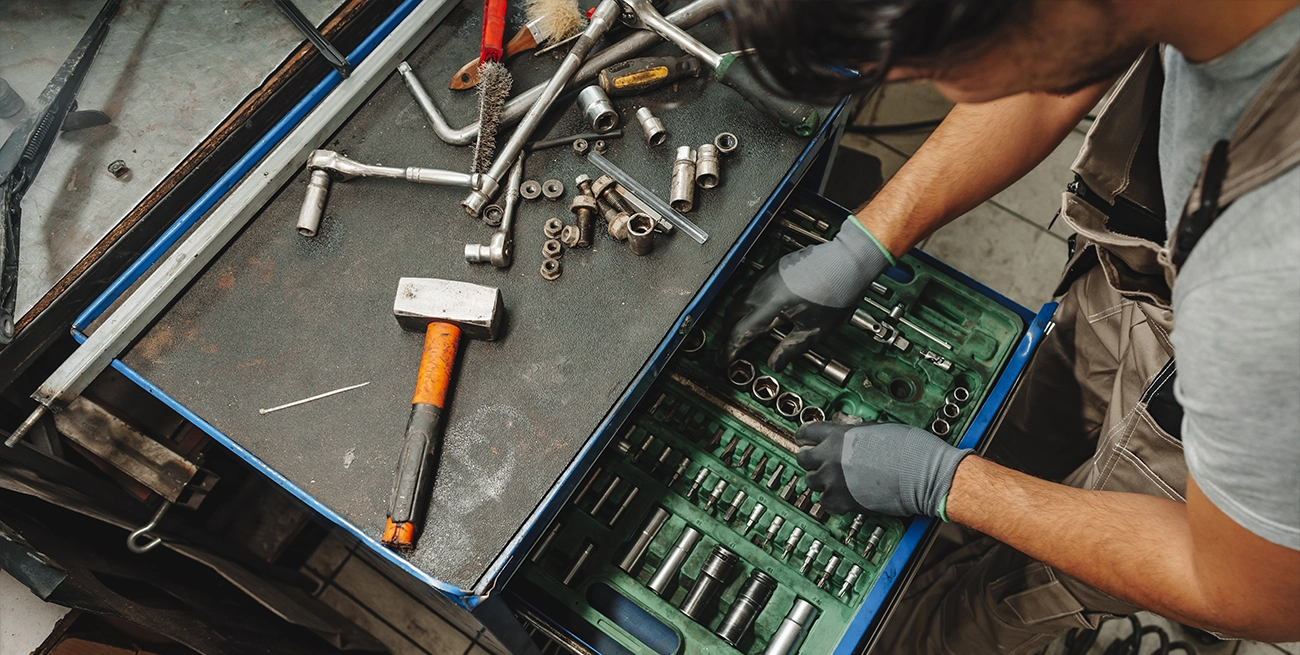The Impact of Worksite Conditions on Tool Maintenance Needs

Tools don't operate in a vacuum. They get used in real-world environments—muddy construction sites, metal-filled fabrication shops, scorching-hot refineries. Each setting comes with its own challenges, affecting wear and maintenance needs in ways that are easy to underestimate. A tool used in a clean, climate-controlled shop won’t break down as fast as one subjected to dust storms and extreme humidity. Ignoring these factors leads to more breakdowns, shorter lifespans, and higher replacement costs.
Dust, Debris, and the Hidden Damage
Fine dust and metal shavings may not seem like a major concern at first, but they can be some of the most damaging elements a tool faces. Airborne particles work their way into motors, bearings, and moving parts, increasing friction and wearing components down faster than normal.
Grinding and cutting tools suffer the most in these conditions, especially if they aren’t cleaned properly after use. Dust-clogged vents reduce cooling efficiency, leading to overheating. Pneumatic tools are just as vulnerable—dirty air supply lines push contaminants straight into internal components, causing sluggish performance and early failure.
Regular cleaning isn't optional in these environments. Blowing out vents, using clean air filters, and wiping down tools at the end of the day helps prevent costly breakdowns. If tools are used in high-dust areas daily, adding extra filtration or protective covers is worth considering.
Moisture and Corrosion—The Silent Killers
Wet conditions ruin tools faster than just about anything. Water and humidity create the perfect conditions for rust, corrosion, and electrical failures. Job sites near coastal areas, in underground tunnels, or anywhere exposed to frequent rain require a different level of maintenance compared to drier locations.
Metal tools that aren’t dried properly after exposure to moisture will start showing rust before long. Electrical contacts corrode, affecting conductivity and leading to erratic operation or total failure. Pneumatic tools suffer internal damage if moisture enters the air supply.
Keeping tools dry isn’t just about wiping them down. Silica gel packs in toolboxes help absorb excess moisture. Proper ventilation in storage areas prevents condensation buildup. When tools must be used in damp conditions, anti-corrosion sprays and sealed cases provide extra protection.
Extreme Heat and Cold—More Than Just an Inconvenience
Temperature swings can wreak havoc on tools, especially in outdoor worksites. Heat accelerates wear by thinning lubricants, expanding metal parts, and causing electrical components to overheat. Cold weather stiffens lubricants, making moving parts sluggish and brittle. Batteries struggle in both extremes—losing capacity in the cold and degrading faster in the heat.
Lubrication adjustments are key. Using the right grease or oil for the temperature prevents premature failure. Lithium-based greases hold up well in high heat, while synthetic oils perform better in freezing conditions. Battery-powered tools should be stored in temperature-controlled areas whenever possible.
Impact and Rough Handling—Built Tough, but Not Invincible
Some tools get dropped, banged around, and thrown into toolboxes more than others. Worksites where tools are constantly being transported, lifted, or knocked over see a much higher rate of damage. Even heavy-duty tools have their limits—cracked casings, bent shafts, and misaligned internal components reduce efficiency long before the tool completely stops working.
Shock-absorbing cases and storage solutions help. Foam-lined toolboxes prevent unnecessary jostling. Tools that see frequent transportation should have secure compartments instead of being tossed into the back of a truck. Checking for cracks, loose screws, or alignment issues after drops prevents minor damage from turning into bigger problems.
Chemical Exposure—A Hidden Risk
Not all job sites have clean air. Factories, chemical plants, and industrial facilities expose tools to harsh substances that weaken materials over time. Certain chemicals eat away at plastic housings, rubber seals, and even metal components.
Rubberized coatings protect against some chemical exposure, but checking tool compatibility with workplace chemicals is just as important. Wiping down tools at the end of a shift removes residues before they have a chance to cause long-term damage. Storing tools in designated areas, away from chemical splash zones, extends their lifespan.
Power Supply Issues—The Often Overlooked Factor
Corded and battery-powered tools both rely on steady, clean power. Worksites with unstable voltage, overloaded circuits, or dirty generators put extra strain on electric tools. Sudden voltage drops cause motors to run inefficiently, while power surges fry sensitive components.
Surge protectors and voltage regulators reduce risk. For battery-powered tools, using the right charger and avoiding cheap knockoff batteries prevents damage. Checking extension cords for wear and ensuring proper grounding makes a big difference in maintaining tool health.
Making Worksite-Specific Maintenance a Habit
It’s easy to blame tool failures on bad luck, but the worksite itself is often the culprit. Dust, moisture, temperature extremes, rough handling, chemical exposure, and inconsistent power all play a role in how long tools last. Recognizing these factors and adjusting maintenance routines accordingly makes all the difference.
At the end of the day, tools that get proper care don’t just last longer—they work better. And nobody wants to be the person stuck with a broken tool halfway through a job. Keep them clean, store them right, and pay attention to the conditions they face every day. It’s worth it.


